VB: Is Wi-Fi going to be low-power enough at some point? Do they have the road map for that?
McGregor: Well, the Wi-Fi module I just showed you over there will run on a flashlight battery for a year. One of the things we’ve done on the power front is that between the times that the Wi-Fi is doing its work, we drop to an incredibly low-power state. It’s less than 10 microamps. On 10 microamps, you can sit on a battery for a very long time. It still has the standard Wi-Fi range.
Here’s 4K by 2K. The thing that’s important is to drive 4K by 2K and make it possible. Everyone fixates on this, because that’s what you as a user will see. It’s essentially four HD panels simultaneously. The technology that enables this is something called HEVC. It’s like the next MPEG technology – think of it as MPEG-5. It compresses the video data by another factor of two. You can do four HD channels in the equivalent of two. It’s not a free lunch, but you’re buying two and getting four. A lot of the satellite guys, the cable guys, Netflix, all of them will be rolling out HEVC technology to enable the 4K by 2K stuff.
It’s important for us because we’re building a whole family of devices that support HEVC. That’s the enabling technology that will make this all happen. We have partnerships with pretty much everyone in the industry doing this.
VB: Will this become relevant to what we were talking about with the internet of things, or is it more just about TV and 4K video?
McGregor: It’s TV and 4K video, not so much the internet of things. Let’s take a look at cars. The internet of things ties into cars in a lot of ways. For a long time, cars have been their own sort of backwater. We’re doing two things. One, how do you connect the wired networks in cars and replace that so they can do higher speed and lower cost?
We have an Ethernet technology, Broader Reach Automotive Ethernet, and it’s being shipped by BMW. We just launched in the new BMW X5. It’s been many years in the making. They use it for all the cameras and the surround view and stuff like that. We’re working with a bunch of automotive guys. This will become the basis for the whole wired end of things. Meanwhile, we also want to do wireless. We have wireless in there as well. All the wireless LAN and Bluetooth, creating a whole environment connected together in the car, which can enable all kinds of other devices.
T
he key thing here is, think about being a car manufacturer. You have these people bringing phones and other things into the car. How can you make that relevant? One of the things we’re doing is working it out so they provide a screen in the car, and then you bring your own smartphone. Instead of spending $2,000 on a navigation system for your car, you bring your smartphone into the car and you have a display for it. It handles all that for you. Making all that stuff work seamlessly is a big project here.
Basically, your car is becoming the next mobile device. The same things you’d do with your smartphone or tablet, you’re doing them in the car as well. It’s part of the connected ecosystem. You can share content between your phone and your TV. You should be able to do the same thing between your phone and your car.
Wearable devices tether to the smartphone. The smartphone tethers to the car. It’s all linked together. If you’re tracking your heart rate on your phone, you could track it on your car display as well. Glucose, blood alcohol, all that stuff. My kids are going to be wearing the bracelet when they turn 16. [laughs]
VB: The competition here seems to be pretty close to a free-for-all, in the internet-of-things space.
McGregor: Not so much, I think? We don’t know of anyone else who has this level of integration in systems. There are people who will sell you processors or sensors or other things, but we integrate everything except the battery and the sensor. It makes for complete solutions.
We’re going to change our business model a bit in the next year, to give us more of a channel. In addition to selling to the big guys, which we do well, we’ll go to more of a channel model. If you look at guys like FitBark, that’s one and a half engineers. That’s the whole company. How do you support somebody like that and enable them to succeed, so they can grow into something bigger? Another example is Roku. They were a very small company. Now they’re pretty big.
VB: The switch to channel helps that in what way?
McGregor: The channel makes it possible for them to buy smaller quantities of devices. We’re going to provide a support portal so that they can place self-service orders.
VB: Almost like the mass customization that comes from 3D printing hardware.
McGregor: Raspberry Pi is a great example, where they’ve taken our chip and built a whole ecosystem out of it. It’s working pretty well now. It’s totally self-supporting. People are doing all kinds of stuff with Raspberry Pi, like 3D printers.
The volume in that kind of thing can be slow at the beginning. We saw a company that makes a 3D printer that prints in chocolate. I think that’s a totally cool device myself. [laughs] But it’s not going to be a huge market impact. How does somebody like that get support and technology? We’re working on different ways to cascade that.
VentureBeat's mission is to be a digital town square for technical decision-makers to gain knowledge about transformative enterprise technology and transact. Learn More
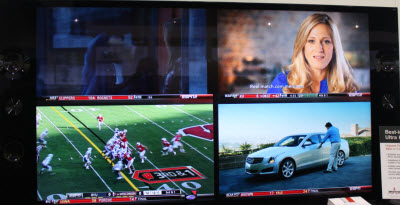
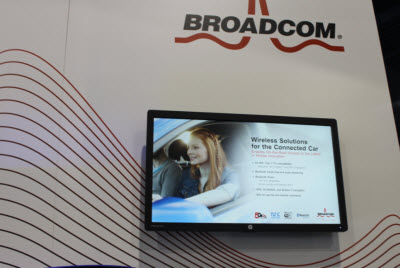
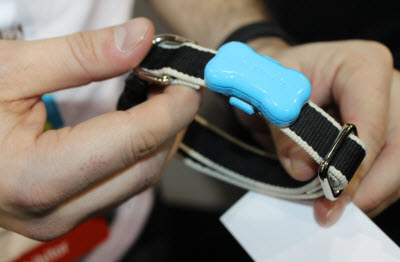
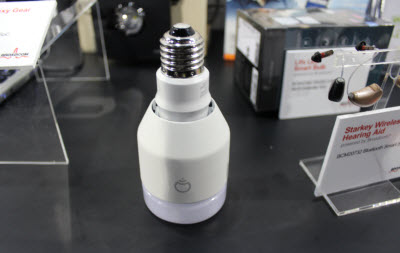
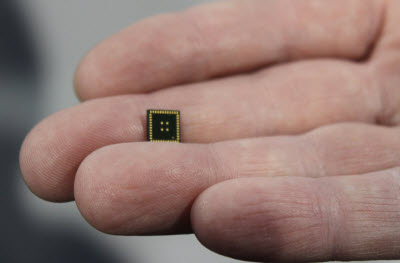









![Reblog this post [with Zemanta]](http://img.zemanta.com/reblog_e.png?x-id=03cb076a-852a-4caf-aef3-f958574d2605)
